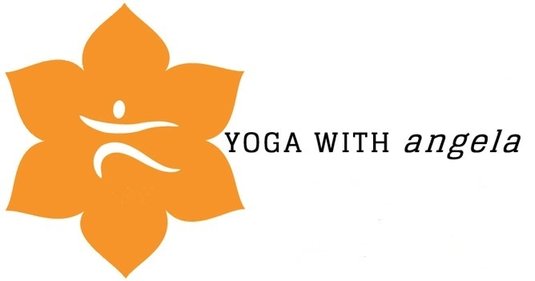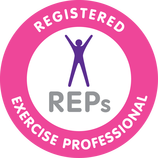I spent last weekend at the amazing Life Centre in Islington, taking part in a workshop run by two exceptionally knowledgeable instructors: Susanne Lahusen and Tony Watson. We were looking specifically at the spine and the pelvis.
Following on from last week's blog and with knowledge gained from my weekend, I wanted to remind everyone why we should love our curves!
The spine, also known as the vertebral column, is usually made up of thirty-three vertebrae. The vertebrae in the vertebral column are divided into different regions, which correspond to the curves of the spinal column. These regions are called the cervical spine, thoracic spine, lumbar spine, sacrum and coccyx.
The spine has four curves, from the neck to the base of the spine:
Following on from last week's blog and with knowledge gained from my weekend, I wanted to remind everyone why we should love our curves!
The spine, also known as the vertebral column, is usually made up of thirty-three vertebrae. The vertebrae in the vertebral column are divided into different regions, which correspond to the curves of the spinal column. These regions are called the cervical spine, thoracic spine, lumbar spine, sacrum and coccyx.
The spine has four curves, from the neck to the base of the spine:
- The upper cervical spine — a convex curve
- The thoracic spine — a concave curve
- The lumbar spine — a convex curve
- The sacral curve — a concave curve
It is important we recognise that our spine has these curves and that they are there for a reason. We need the curves for the strength of the spine and to enable it to absorb impact.
Our aim, as far as possible, should be to bring the spine into a neutral position — as shown in the picture above — whether we are standing, seated or lying.
I wrote last week that when exercising it is advisable to engage the core muscles to support the spine and to encourage a neutral position, but that we should be aware not to pull the core muscles in so tightly that we actually tilt the pelvis forwards, flatten the lumbar curve and increase the thoracic curve and bring the shoulders forwards. This can result in the head lifting, causing compression in the cervical spine.
A great way to analyse your posture and see if you are standing in a neutral position is to ask someone to take a picture of you standing side on. Don't try to correct anything; just stand as you normally would and then analyse the results compared to the picture — you may be surprised!
The positions of the vertebrae in our spines vary from person to person and change over time depending on lifestyle, injury and general wear and tear. But the more we can do to bring our awareness to the curves in our spine and therefore to our posture, the more likely we are to use our bodies in the way they were designed.
Benefits of a Neutral Spine
(as summarised by Susanne Lahusen and Tony Watson)
It goes without saying that practising yoga and Pilates is a great way to bring awareness and understanding of your posture and how to move correctly. Come along to a class near you to find out more!
Our aim, as far as possible, should be to bring the spine into a neutral position — as shown in the picture above — whether we are standing, seated or lying.
I wrote last week that when exercising it is advisable to engage the core muscles to support the spine and to encourage a neutral position, but that we should be aware not to pull the core muscles in so tightly that we actually tilt the pelvis forwards, flatten the lumbar curve and increase the thoracic curve and bring the shoulders forwards. This can result in the head lifting, causing compression in the cervical spine.
A great way to analyse your posture and see if you are standing in a neutral position is to ask someone to take a picture of you standing side on. Don't try to correct anything; just stand as you normally would and then analyse the results compared to the picture — you may be surprised!
The positions of the vertebrae in our spines vary from person to person and change over time depending on lifestyle, injury and general wear and tear. But the more we can do to bring our awareness to the curves in our spine and therefore to our posture, the more likely we are to use our bodies in the way they were designed.
Benefits of a Neutral Spine
(as summarised by Susanne Lahusen and Tony Watson)
- Minimal compression of structures upon each other
- Less muscular tension to maintain alignment
- Creates a base to move from and return to
It goes without saying that practising yoga and Pilates is a great way to bring awareness and understanding of your posture and how to move correctly. Come along to a class near you to find out more!


 RSS Feed
RSS Feed
